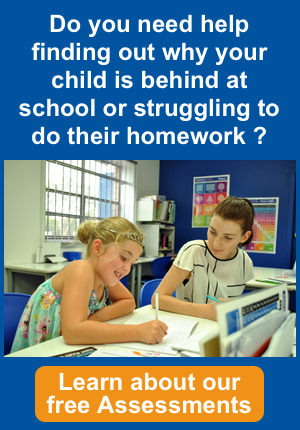

Welcome back to the start of another school year. Over the holidays I came across a very interesting book called ‘Educating Ruby: What Our Children Really Need to Learn’. It is written by Guy Claxton and Bill Lucas and was published in April 2015.
It made me wonder ‘Are our schools teaching our children what they need to learn?’, ‘How can I influence what is taught?’, ‘Why were schools invented?’ ‘How Can I Help Parents Teach These Character Traits to Their Children’ and the list goes on. I will write more about these topics in future newsletters.
‘Educating Ruby’ is a good read for everyone who worries our school system is not preparing children for the uncertainties and challenges of the real world. It shows how we can cultivate confidence, curiosity, collaboration, communication, creativity, commitment and craftsmanship in children at the same time as helping them to achieve success in public examinations. These qualities of an education system are important to me.
You may or may not know that I chose to send my own two children to non-mainstream education. My son was the reason I chose the Steiner school in East Maitland. After only a few weeks of starting Kindy in a mainstream school, he was coming home very angry and started to hate going. The move to the new school worked wonderfully for him. He was able to learn what he needed to learn in a supportive environment and not made to feel like a failure. He was able to move seamlessly into mainstream education by going to St Mary’s for Year 11 and 12 and achieved the ATAR he needed to get into Newcastle Uni. He now runs his own business called Deano’s Nemos, enjoying teaching children to swim.
The reason for this article, and I also believe it is the purpose of ‘Educating Ruby’, is to spark conversation. It gets us talking to each other, teachers, principals, members of parliament, etc.. Don’t think: ‘I am just one person. I can never make a difference’. Change happens when enough people put in enough time and energy to make things happen.
Australian Schools: A Brief History
In the early 1800s churches set up schools to teach children how to read so they could read the bible and learn religion.
By the 1830s, government set up schools. They saw them as a way to reduce crime and help create an organised and orderly society from the Penal Colony. Children were taught the basics of reading, writing, and arithmetic (known as the 3 r’s) as well as how to be ‘good moral, law-abiding citizens.’
In the 1870s education became compulsory. The church-run schools were outside the Government system and remained so until well into the 1900s.
The depression of the 1890s and the need for skilled workers, caused merchants to demand that the technical education in schools should be improved.
Apart from increasing the time spent in primary schools to seven years, and decreasing the total amount of the time spent in high school to four years, this system remained basically the same until the 1950s. Since then, changes to the curriculum and examination methods seem to have occurred every few years, depending on the amount of pressure that is placed on politicians.
Teacher’s Tip
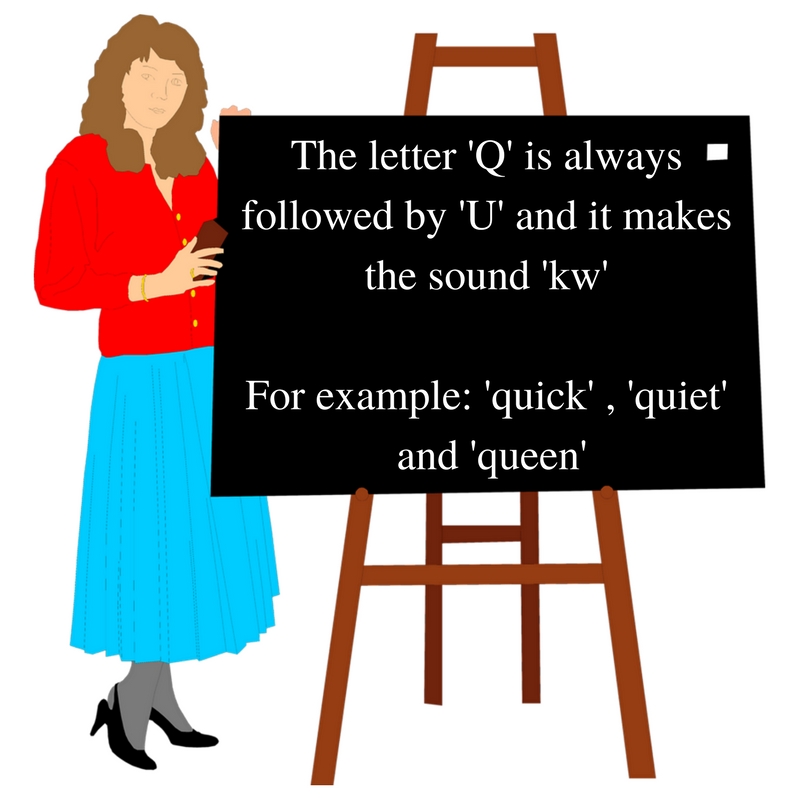
Monthly Joke
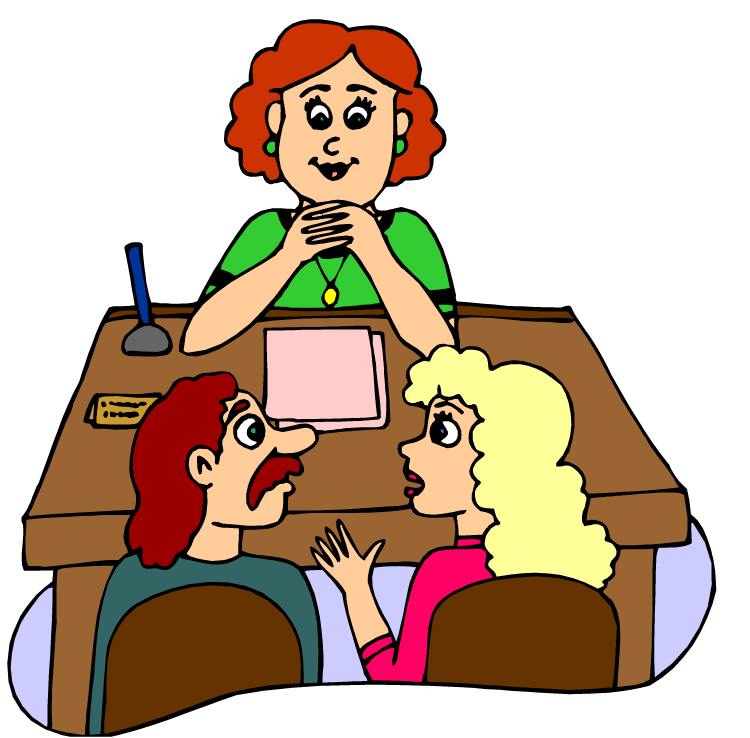
The school holidays were over and Jack returned to his school. Only two days later his teacher phoned his mother to tell her that Jack was misbehaving. ‘Wait a minute,’ mother said. ‘I had Jack with me for six weeks and I never called you once when he misbehaved.’
A Picture to Colour

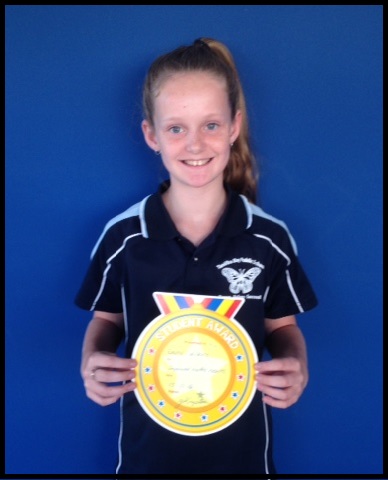 Student of the Month
Student of the Month
“Emma came to Kip McGrath at the beginning of the year and was sitting way below grade level in Maths. Since then Emma’s confidence has skyrocketed and she has gone up several levels in that time. her results are very pleasing at school and we are so very proud of her. What’s even better is how proud she is of herself. Thank you, Kip McGrath.”
Regards, Amanda
(Emma’s mum)
Award for Outstanding Improvements in Maths
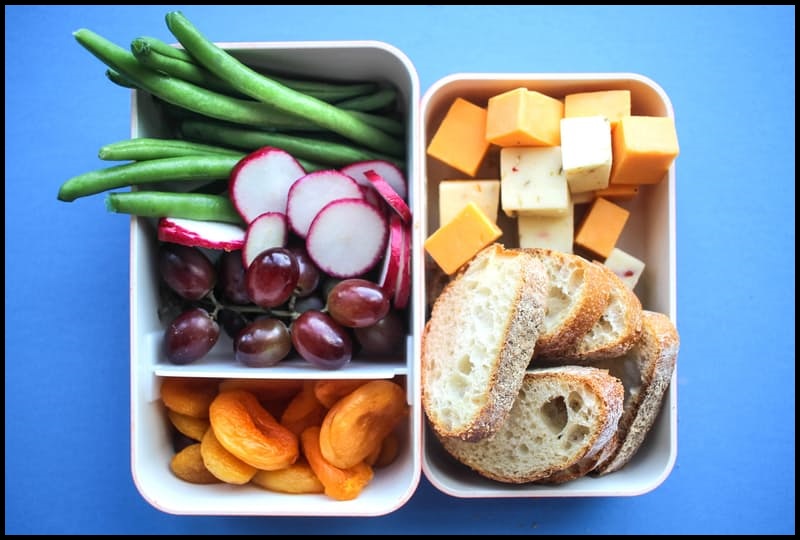 Child-made School Lunch
Child-made School Lunch
Just like a cheese sandwich only more fun:
- Sliced Breadstick
- Cubed cheeses
- Selection of veggies
- Dried fruit
- Grapes

